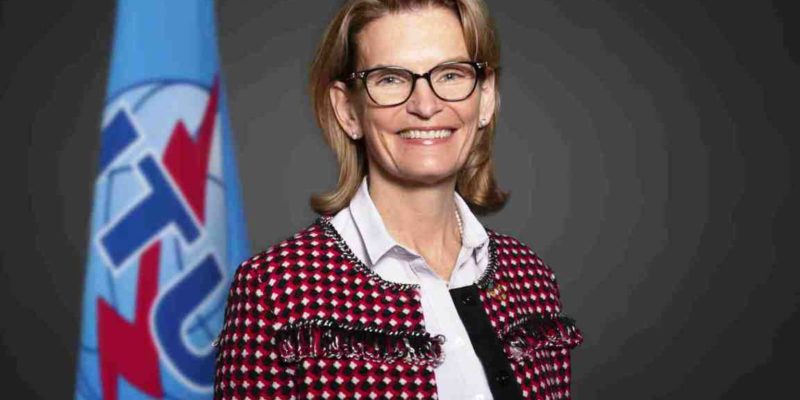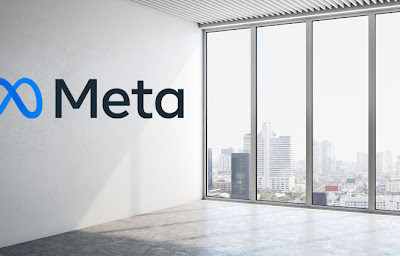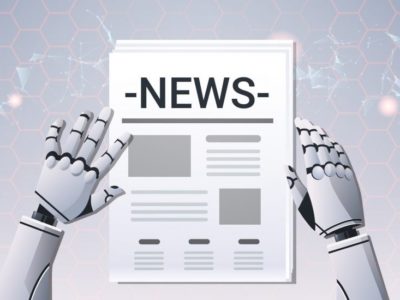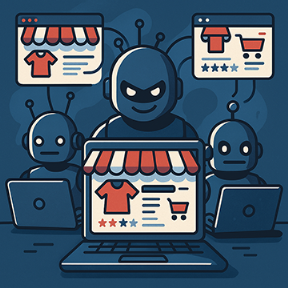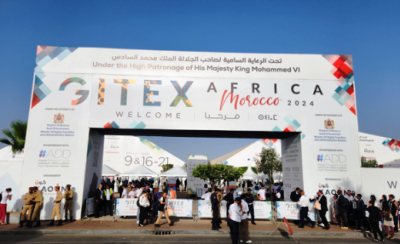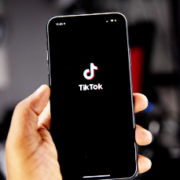Executive Note by Doreen Bogdan-Martin, Secretary-General, International Telecommunication Union (ITU)
Welcome to the AI for Good Global Summit.
Let me start by thanking the more than 40 partner UN (United Nations) agencies, the Government of Switzerland, our sponsors, and all the speakers and presenters who will take the stage over the next two days.
RELATED: ITU’s Partner2Connect tops $50b for global connectivity at WSIS+20 Forum High Level Event
You’re the beating heart of the ‘AI for Good’ platform, the largest UN system multi-stakeholder platform on AI.
I also want to thank all the leaders from government, industry, the UN, academia, the technical community, and civil society leaders who participated in yesterday’s incredible ‘AI Governance Day’ and who are with us again today.
You’ve shown that AI risks are not inevitable — that together, we can and must harness the power of artificial intelligence (AI) for all humanity.
That’s where I want to start today.
Look to your left — now, to your right.
Imagine that one of you has never clicked on a link, sent an email, or experienced the Internet.
This is our moment and responsibility to write the next chapter in the great story of humanity and technology
In 2024 — in the age of AI and unimaginable opportunities — one-third of humanity remains offline, excluded from the AI revolution, and without a voice.
What we in this room take for granted remains completely foreign to 2.6 billion people around the world.
This digital and technological divide is no longer acceptable.
How will future generations judge us?
It’s time for us to recognize the AI revolution for what it truly is: our moment.
We are the AI Generation.
This is our moment and responsibility to write the next chapter in the great story of humanity and technology — and make it safe, inclusive, and sustainable.
While the increasing pace of AI development forces us to act faster than those who came before us, we’re not starting from a blank page.
In the past several months, governments have raced to establish protections around the development, deployment, and use of AI.
And it’s not just countries.
We’ve also witnessed the emergence of regional initiatives and legal frameworks.
All these regulatory initiatives — national and regional alike — may take different approaches.
They may reflect different levels of technological development, especially when it comes to access to computing power, AI infrastructure, and talent.
Yet for all their differences, we’re already seeing common underlying principles take shape around three pillars that will not only drive inclusive growth and innovation, but also help build a safer and more secure digital future for all humanity.
The first pillar is risk and security management.
Governance efforts have highlighted the need for greater focus on areas such as risk monitoring, incident reporting, and content authentication.
There is a strong call for harmonized AI standards to ensure a rights-based approach that addresses safety, security, and ethical practices.
The second pillar is infrastructure and resource development.
Access to computing resources is top of mind, as the majority of investments are concentrated in just a handful of countries.
Skills development is equally important, if we are to have the talent necessary to advance AI technologies responsibly.
Developing diverse high-quality datasets is also a priority to create robust and unbiased AI systems.
The third pillar is international collaboration.
There is a clear recognition of the importance of both maximizing the benefits of AI and managing its risks responsibly through greater international collaboration and collective action.
All this represents significant progress — in a very short period of time.
But as we saw yesterday during ‘AI Governance Day,’ we’re not there yet.
The risk of fragmenting the governance landscape is real.
There are still pressing gaps to address.
We need to bring everyone to the table, including developing and least developed countries.
As the UN Secretary-General just reminded us: “We need global coordination to build safe and inclusive AI that is accessible to all.”
I want you to look again at the people sitting right next to you.
Chances are they come from a country that’s not part of the efforts I just described.
They may have just started on their AI journey — or are simply contemplating it.
As Winston Churchill once said: “The pessimist sees difficulty in every opportunity. The optimist sees opportunity in every difficulty.”
Call me an optimist, but I see this nascent AI regulatory landscape as a unique opportunity to ensure that every country and every voice counts.
The UN Summit of the Future in September and the upcoming 20-year review of the World Summit on the Information Society provide crucial opportunities for unifying our efforts and acting in a coordinated manner.
Let’s use the United Nations as a catalyst for progress.
The UN General Assembly recently adopted a historic resolution on AI that promotes safe, secure, and trustworthy systems.
A recent analysis led by ITU and UNESCO has shown that existing laws and normative frameworks in the UN system are applicable to AI.
We have a lot of work to do.
But as governance efforts move from principles to implementation, let’s turn this momentum into progress for everyone, everywhere.
Race against time
We are in a race against time.
Recent developments in AI have been nothing short of extraordinary.
Generative AI, among others, has brought us one step closer to human-level AI.
For many, we’ve let the genie out of the bottle.
If this genie could grant us three wishes, what would they be?
For me, the first wish is clear: to scale AI solutions to rescue the SDGs.
Devastating floods from Afghanistan to Kenya, the worst drought in the Amazon rainforest in at least half a century, and super cyclones are ravaging the planet.
Too often, it’s the most vulnerable who are hit the hardest.
Poverty is spreading, with more than three billion people living in countries where governments now spend more on debt interest payments than on education and health.
Under current trends, it will take close to 300 years for the world to achieve gender equality.
And the list goes on.
The SDGs are off track.
Meanwhile, AI can accelerate progress on 70 per cent of all the SDG targets.
UN agencies know this first hand — using AI in more than 400 projects covering all 17 SDGs.
As this year’s UN Activities Report on AI coordinated by ITU shows: that’s twice as many as last year!
We’re moving in the right direction, but we need more — both inside and outside the UN.
Our second wish must be to make AI innovation inclusive.
Let me just give you a couple of examples from our AI for Good Innovation Factory.
Bioniks is a Pakistani startup that designs artificial limb solutions.
Muhammed was four when he received his new arm after a tragic accident, becoming the youngest person ever to receive a bionic limb.
What do you think was the first thing young Muhammed asked for?
A new shirt — one he could now button himself with the power of his brain.
Today, a baby dies every 40 seconds from prematurity.
Ultrasound AI, a women-led startup in the US, uses AI to accurately predict premature births and improve prenatal care.
On a mission in Ghana last year, they helped dozens of mothers at risk every day — giving their babies a better chance at life.
Because no baby should ever have to fight for its life on day one.
These start-ups challenge the status quo.
They need our support more than ever.
Our third wish must be to make AI systems safe, secure, and trustworthy.
2024 is the biggest election year in history.
With the rise of sophisticated deepfakes and disinformation campaigns, it is also the most contentious one.
Not only does this misuse of AI threaten democracy, it also endangers young people’s mental health and compromises cybersecurity.
As AI is being used to blur reality, we have convened the world’s foremost experts in AI watermarking and digital content verification to establish robust and reliable standards.
Standards build trust as cornerstone of responsible AI
Standards build trust; they’re the cornerstone of responsible AI.
And that is why the World Standards Cooperation — bringing together ITU, ISO, and IEC — announced yesterday a commitment to developing a unified framework for AI standards that reflects the diverse needs and capacities of standard developers everywhere.
This will help foster inclusivity and equitable access to AI technologies in support of the SDGs.
As we look to 2030, we must act decisively to turn these wishes into reality.
The choice we face is not a simple choice between risks and opportunities.
AI technologies — like those before them — hold immense potential for both good and bad.
It’s not about choosing between humans versus machines.
Machines have been part of the fabric of our lives for generations.
The real challenge is to foster responsible AI without stifling innovation.
It’s a delicate balance to strike.
We need to put humanity front and centre.
Instead of asking what role humanity will play in AI’s future, we should be asking ourselves what role AI will play in humanity’s future.
If we shift our perspective, I’m confident we can develop and implement AI technologies that serve the goals and universal values enshrined in the 2030 Agenda for Sustainable Development.
We are the AI Generation.
Let’s meet the moment.
Let’s write the next chapter in the great story of humanity and technology.
Let’s remember that the future starts not with algorithms, but with us.
Right here, in our brain …
the most complex, powerful, and creative computer the world has ever known.


